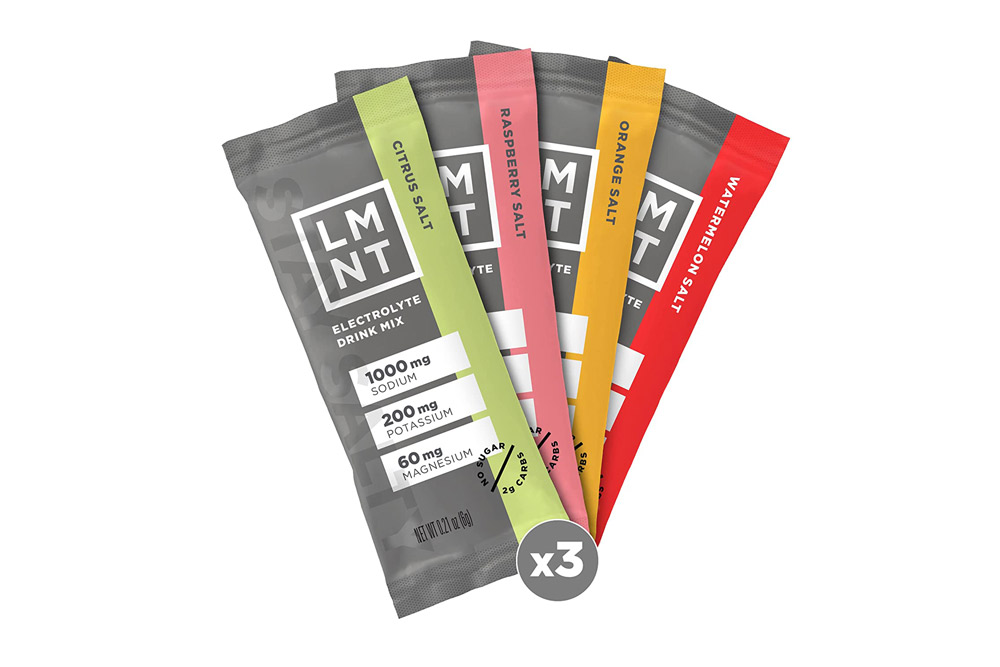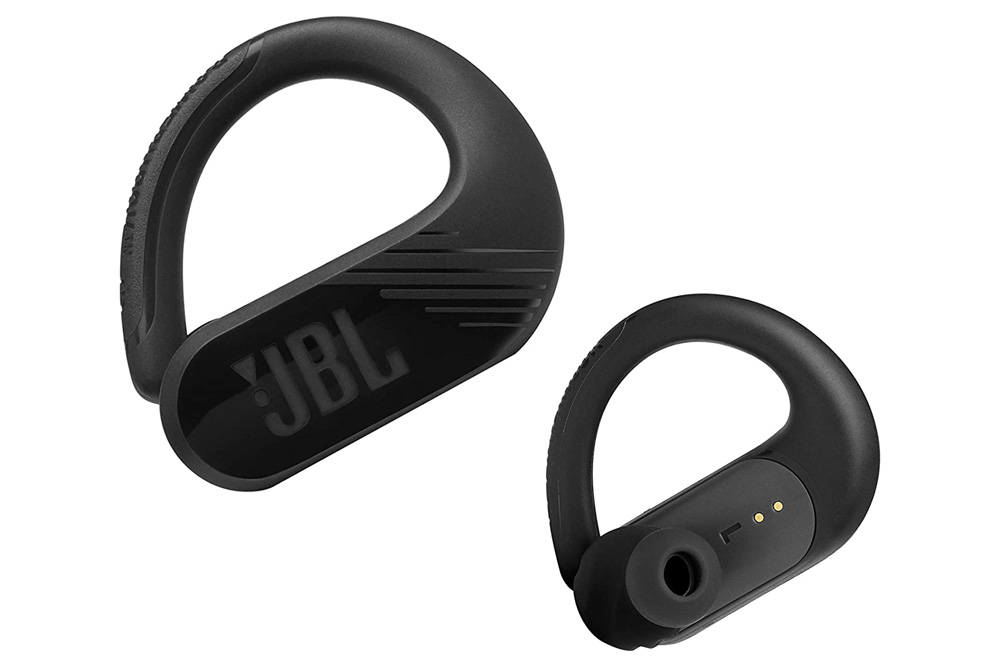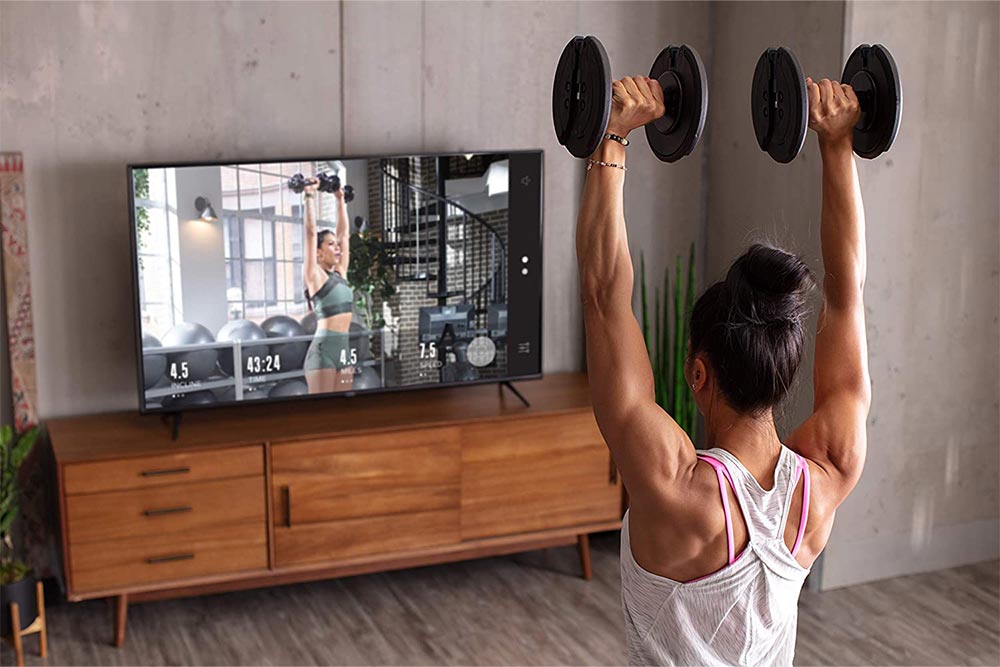The Rise of Wearable Fitness Technology and Its Impact on Our Health and Fitness Goals
In recent years, wearable fitness technology has exploded in popularity, with more and more people turning to devices like smartwatches, fitness trackers, and heart rate monitors to help them achieve their fitness goals. In this article, we’ll take a closer look at the benefits of wearable fitness technology, how it works, and how it’s changing the way we approach fitness.
What is Wearable Fitness Technology?
- Wearable fitness technology refers to any device or piece of technology that can be worn on the body and is designed to help individuals track and monitor their fitness and health.
- Some popular examples of wearable fitness technology include smartwatches, fitness trackers, heart rate monitors, and GPS watches.
Benefits of Wearable Fitness Technology
- Provides real-time data on fitness progress, including heart rate, steps taken, calories burned, and distance traveled.
- Offers personalized feedback and recommendations based on individual data, helping users improve their performance and reach their fitness goals.
- Allows for tracking and monitoring of progress over time, making it easier to see improvements and identify areas for improvement.
- Motivates users to stay active by providing reminders and setting goals.
How Does Wearable Fitness Technology Work?
- Most wearable fitness technology uses sensors to track and monitor different aspects of fitness and health, including heart rate, sleep, and activity levels.
- The device then sends this data to an app, which can be accessed on a smartphone or tablet, providing real-time feedback and recommendations to users.
- Some wearable fitness technology also offers features like GPS tracking, music streaming, and virtual coaching.
Examples of Popular Wearable Fitness Technology
- Fitbit: A popular fitness tracker that tracks steps taken, calories burned, and sleep patterns, and provides personalized coaching and insights based on individual data.
- Apple Watch: A smartwatch that offers fitness tracking features like heart rate monitoring, step tracking, and workout tracking, as well as features like music streaming, GPS tracking, and cellular connectivity.
- Whoop: A fitness tracker that provides in-depth data on sleep, recovery, and strain, helping users optimize their training and recovery.
- Garmin Forerunner: This GPS running watch tracks distance, pace, heart rate, and calories burned during workouts, and can be used for indoor and outdoor activities like running, cycling, and swimming. It also has a feature that tracks your VO2 max, which is a measure of your cardiovascular fitness.
- Myzone MZ-3: This heart rate monitor tracks your heart rate, calories burned, and effort during workouts, and gives you a personalized “effort points” score to help you gauge how hard you’re working. It also has a social component that allows you to connect with friends and compete with them on your workout effort.
- Motiv Ring: This sleek ring tracks your activity, heart rate, and sleep, and provides daily and weekly reports on your progress. It also has a feature that tracks your active minutes, which are the minutes you spend doing moderate to vigorous activity throughout the day.
Challenges and Limitations of Wearable Fitness Technology
- Accuracy can vary between devices, and some may not be as reliable as others when it comes to tracking certain metrics.
- Some users may become too reliant on their wearable technology, ignoring other important factors like nutrition and recovery.
- Cost can be a barrier for some, as many wearable fitness technology devices can be quite expensive.
Embracing Wearable Fitness Technology for a Better Future
Overall, wearable fitness technology has the potential to revolutionize the way we approach fitness and health, providing personalized data and recommendations that can help us optimize our training and achieve our goals. While there are certainly challenges and limitations to consider, the benefits of wearable fitness technology make it a valuable tool for anyone looking to take their fitness and health to the next level.
Image by Drazen Zigic on Freepik








